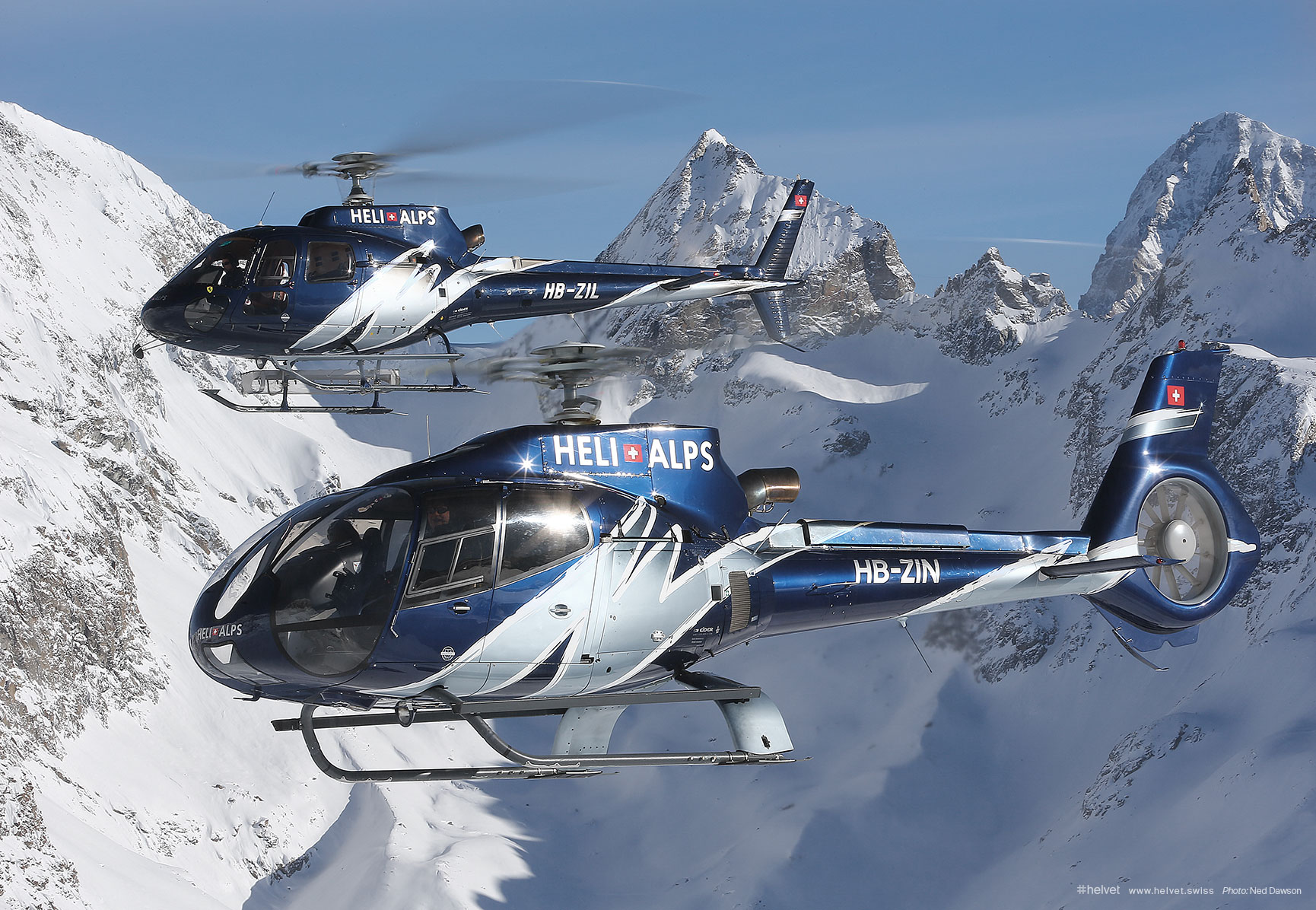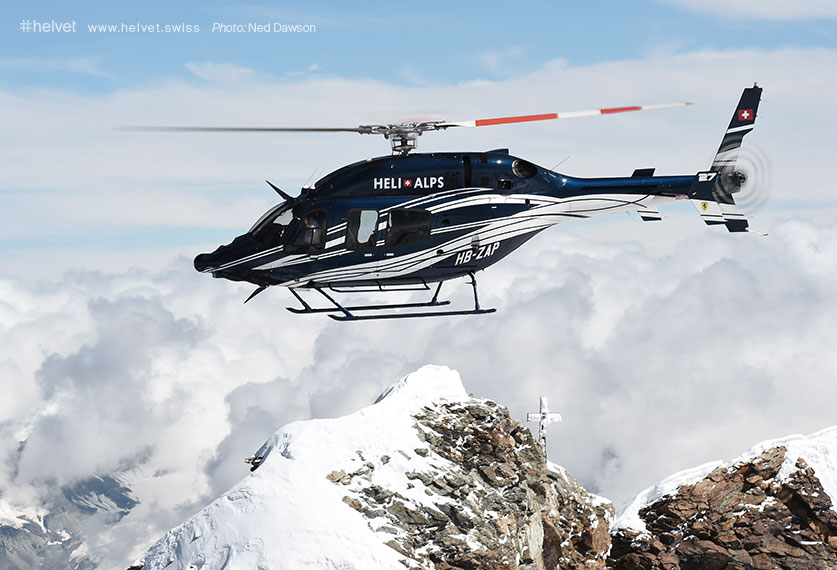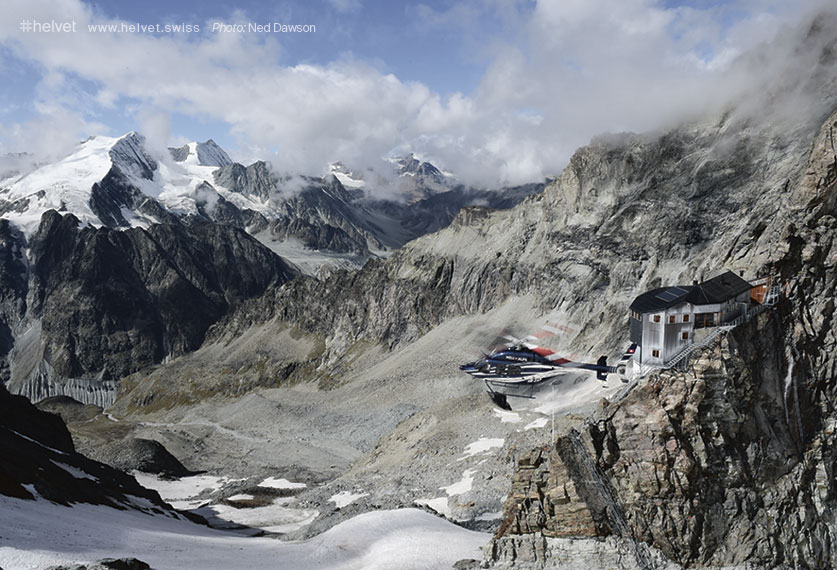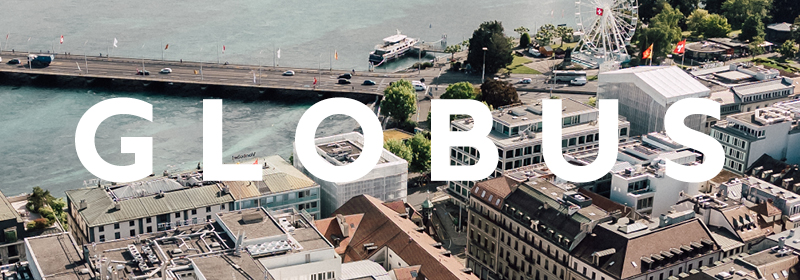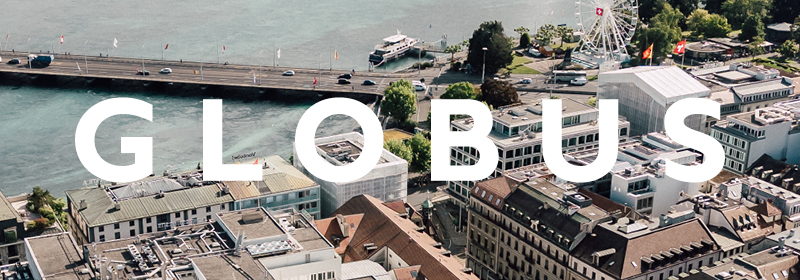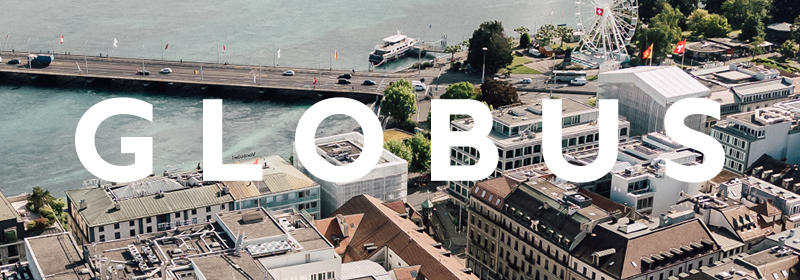
Héli-Alpes
a fairy tale in Sion
Once upon a time, five friends – four of them experienced pilots – came together to found a helicopter company in Valais. Héli-Alpes was its name. From its humble beginnings in 2005, it grew and grew until eventually it covered the skies of all Europe.
Héli-Alpes has its base at the end of the runway at Sion Airport, just a stone’s throw or two from the centre of the city. The helicopter company operates a fleet of ten aircraft. As well as small piston-engined two-seaters such as the Robinson R22 and the Cabri, which are used for flying lessons, the fleet also comprises multi-purpose single-engine helicopters such as the Colibri and Squirrel, which are mainly used for transporting equipment and passengers, and luxurious twin-engine Bell 49s with autopilot, ideally suited to longer flights.
The company employs seven pilots full time to fly the fleet, in addition to five freelance pilots who are called upon when needed, to cover seasonal peaks for instance. The bulk of their workload is made up of air taxi services, scenic flights over the Alps, first-time flights, high-altitude dining experiences and marriage proposals. For some of Héli-Alpes’ customers, distance is no object. The company has taken its passengers to Paris and Brussels on business, to Monte-Carlo for a night at the casino, to Ibiza house-hunting and even as far afield as Denmark. The most unusual assignment they have ever had? “Carrying a Komodo dragon for the Lausanne Vivarium. No question,” said Jean-Daniel Berthod, Héli-Alpes’ vice-president and COO.
A wide range of activities
Of all Héli-Alpes’ flagship services, it is heli-skiing that captures the imagination. There are no fewer than 40 designated landing sites in Switzerland, all of them offering virgin snow far from the madding crowd, to the delight of well-heeled ski lovers. “Heli-skiing accounts for about 15 percent of our turnover,” explained Berthod. “Like aerial work (which generates the same turnover), it’s an activity that is more lucrative than most, though it does take up more resources.”
Héli-Alpes does not skimp on those resources, however. To respond to the needs of filmmakers, for example, the company has its own HD and FLIR cameras fitted in a Cineflex gyro-stabilized system.
The flying school is a another key area of activity, as Berthod explained: “It’s been operating since 1987 – well before Héli-Alpes – through Groupe Hélico Sion, which is the company we emerged from. We put it on a professional footing in 2010 by offering both private and professional pilot licences, qualifications for all the helicopters we operate, training for mountain landings and night flying, and flight instructor and helicopter sling load pilot qualifications.”
Onwards and upwards
With military flights at Sion Air Base set to be discontinued in early 2018, Héli-Alpes has become an even more important mainstay of the local economy. The Swiss Army will continue to operate a clearing base in Sion (a role to which it is perfectly suited, given the region’s favourable climate) and will run the airport at its own expense through to 2021, at which point the site will need to reinvent itself and take on more of a civil role.
Héli-Alpes has plans for when that happens. The airport currently records some 40,000 civil aircraft movements a year. A large number of private jets use the Sion runway (which, at two kilometres, is long enough for a 737 to land) as a gateway to Valais, with their passengers often hopping straight into a helicopter and making a beeline for the canton’s high-altitude resorts. Prince Albert II of Monaco is a regular visitor here and the airport is regularly frequented by holidaying financiers and captains of industry, the parents of children attending schools in the region, and celebrities and sports stars touring the area or on personal visits.
If Sion Airport is to attract enough traffic to achieve financial stability, it needs to diversify, develop business aviation, present itself as a credible alternative to Geneva Airport – which is often over capacity – and resume regular flights. Should that future take shape, Héli-Alpes will not be short of opportunities to expand.
